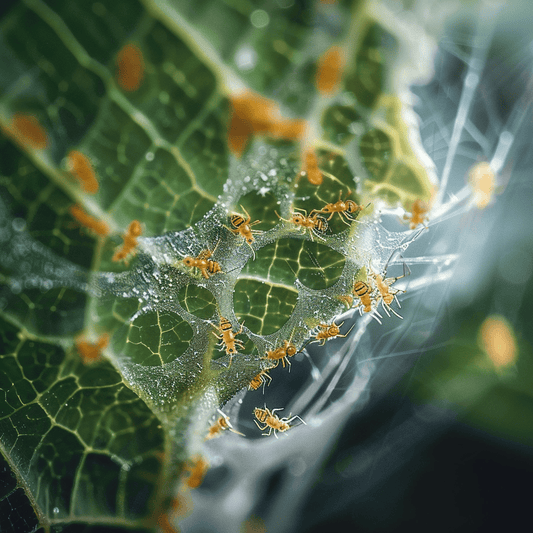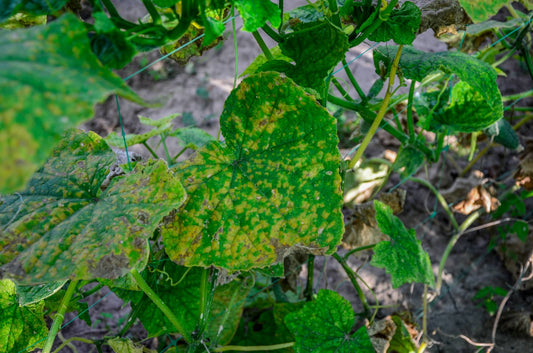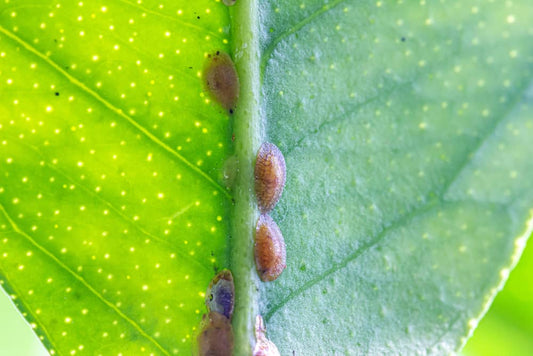Russet mites (Aculops lycopersici) are a formidable challenge in hydroponic gardening, known for their microscopic size and significant damage to a variety of plants, notably tomatoes. These pests thrive in warm, dry environments and can proliferate rapidly under optimal conditions, making early detection and effective management strategies essential for maintaining healthy plants.
Recognizing Russet Mite Damage
Infected plants may show yellowing leaves, leaf curling, and a bronzed appearance on stems and leaves. Severe infestations can lead to leaf drop and diminished plant vigor, often mistaken for nutritional deficiencies or other pest damages.
Life Cycle and Attraction Conditions
Russet mites complete their life cycle within 7 to 10 days in warm conditions, with high humidity and poor air circulation exacerbating infestations. They can affect a broad range of plants, making vigilant monitoring a necessity in hydroponic setups.
Preventive Measures
Prevention includes ensuring good plant spacing for optimal air circulation, monitoring humidity levels, and using a magnifying glass or microscope for early detection. Regular plant inspections are crucial for identifying and addressing infestations before they become widespread.
Treatment Strategies
Treatment involves removing and safely disposing of heavily infested plant parts and applying miticides or horticultural oils with caution, considering their effects on hydroponic systems. Additionally, two home remedies offer natural solutions for managing russet mite populations:
Home Remedies for Russet Mites
1. Sulfur Dust
Sulfur dust, while effective against russet mites, should be used cautiously in hydroponic systems due to potential alterations in water pH and harm to beneficial microorganisms. It is better suited for soil-based applications or under careful conditions in hydroponics.
2. Rosemary Oil Spray
-
Ingredients: 1 teaspoon of rosemary oil, 1 quart of water, and a few drops of mild liquid soap.
-
Instructions: Mix rosemary oil with liquid soap in water to emulsify. Spray the mixture onto plants, focusing on areas prone to russet mite activity. Apply every 5-7 days or as necessary, avoiding peak sunlight hours to prevent leaf burn.
Monitoring and Maintenance
Regular, detailed inspections of plants, particularly susceptible varieties, are essential for early detection of russet mites. Implement environmental controls to reduce humidity and improve air circulation, and maintain cleanliness in the hydroponic system to minimize infestation risks.
Integrated Pest Management
Combining these home remedies with an integrated pest management approach, including preventive measures, environmental controls, and careful application of treatments, is key to managing russet mite infestations effectively. In severe cases or when home remedies prove insufficient, seeking professional advice or employing more aggressive control measures may be necessary, ensuring they are compatible with hydroponic systems.
Effective russet mite management is a multifaceted approach involving vigilance, environmental manipulation, and targeted interventions. By adopting these strategies, hydroponic gardeners can protect their plants from russet mites, preserving plant health and ensuring successful harvests.




